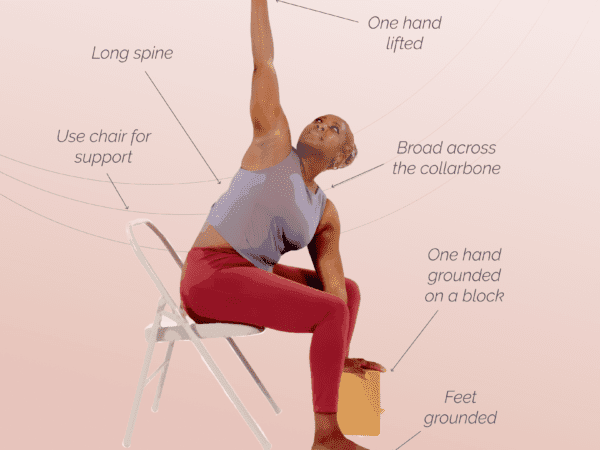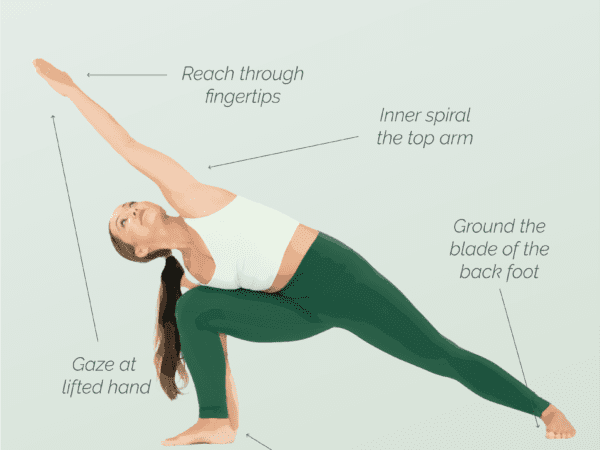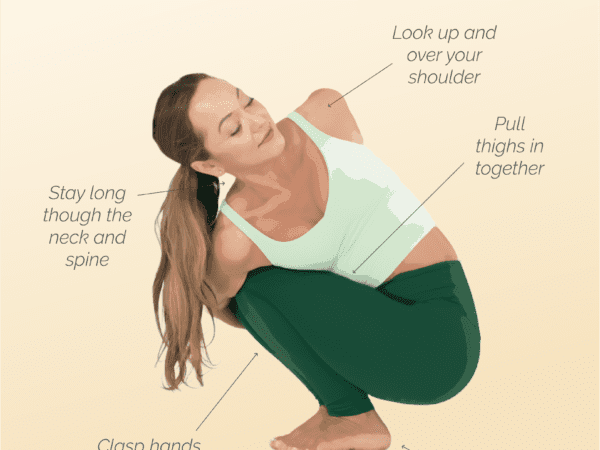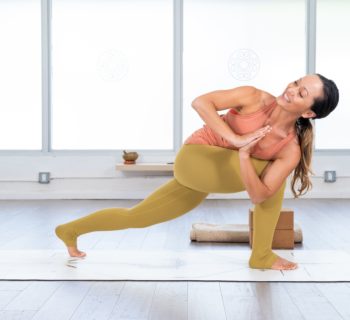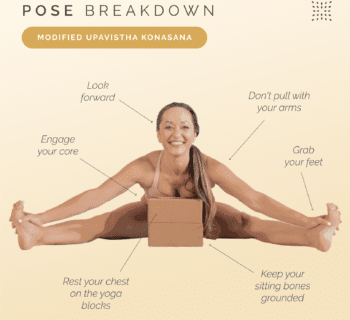Welcome to our step-by-step guide on how to do the mermaid pose in yoga! This beautiful and graceful pose is not only visually stunning, but it also offers numerous benefits for your body and mind. Whether you’re a beginner or an experienced yogi, the mermaid pose is a great addition to your practice. In this article, we will walk you through the exact steps to achieve this pose, discuss its benefits, and highlight any contraindications to be aware of. So, grab your yoga mat, take a deep breath, and let’s dive into the world of the mermaid pose!
What are the benefits of mermaid pose?
Mermaid pose is a beautiful and graceful yoga pose that offers numerous benefits for the mind and body. This pose is a deep hip opener that stretches the hip flexors, quadriceps, and groin muscles. It also opens up the chest and shoulders, improving posture and breathing.
Here are some of the key benefits of practicing mermaid pose:
1. Hip opening: Mermaid pose helps to release tension and tightness in the hips, which is particularly beneficial for people who sit for long periods or have tight hip flexors. By creating space in the hip joints, this pose increases flexibility and mobility in the hips, making it easier to move and perform other yoga poses.
2. Deep stretch for the quadriceps: The quadriceps are the large muscles at the front of the thighs. In mermaid pose, the front leg is bent at the knee, creating a deep stretch in the quadriceps. This helps to lengthen the muscles and reduce tightness, which can improve overall leg flexibility and range of motion. It is also an important part of preparing to do a deep backbend.
3. Spine extension: Mermaid pose provides a gentle backbend, which helps to counteract the effects of sitting and slouching. By stretching and lengthening the spine, this pose improves posture and strengthens the muscles that support the spine. It also stimulates the abdominal organs, promoting digestion and overall well-being.
4. Opening the chest and shoulders: The arms are extended overhead in mermaid pose, which helps to open up the chest and shoulders. This can improve posture and breathing by allowing for a greater range of motion in the upper body. Opening the heart also helps to release tension in the neck and shoulders, reducing the risk of pain and discomfort in these areas.
Contraindications for mermaid pose:
While mermaid pose offers many benefits, it may not be suitable for everyone. Here are some contraindications to be aware of:
1. Knee or hip injuries: If you have any knee or hip injuries, it is important to approach mermaid pose with caution or avoid it altogether. This pose requires a deep bend in the front leg, which can put strain on these areas. If you experience any pain or discomfort in your knees or hips during the pose, it is best to modify or skip it.
2. Shoulder or neck injuries: Mermaid pose involves extending the arms overhead and opening the chest and shoulders. If you have any shoulder or neck injuries or conditions, such as rotator cuff tears or cervical spine issues, it is advisable to avoid or modify this pose. Listen to your body and only go as far as feels comfortable and safe.
3. Pregnancy: If you are pregnant, it is important to consult with your healthcare provider before attempting mermaid pose or any other yoga poses. Pregnancy can affect your balance and flexibility, and certain poses may not be suitable or safe during this time. Your healthcare provider can recommend modifications or alternative poses that are better suited for you during pregnancy.
4. High blood pressure: Mermaid pose involves a deep bend in the front leg, which can cause a sudden drop in blood pressure. If you have high blood pressure or any cardiovascular conditions, it is best to avoid this pose or modify it by keeping the front leg less deeply bent. Always listen to your body and consult with your healthcare provider if you have any concerns.
5. Low back pain: If you have chronic low back pain or any spinal conditions, such as herniated discs or sciatica, it is important to approach mermaid pose with caution. This pose involves a gentle backbend, which may aggravate your condition. Modify the pose by using props, such as blocks or blankets, to support the spine and reduce strain. It is always best to consult with a healthcare professional before attempting any yoga pose if you have pre-existing conditions.
How to do mermaid pose step-by-step instructions
Now that you know more about the pose you can attempt it for yourself.
Start in downward facing dog. Step the right knee in front of you and close your knee joint so your right shin is on the mat.
Sink your hips down with your left foot going behind you. You’ll notice that your hips already need to be quite open to get into the set up for the pose. Try to keep your balance equal on your hips. You don’t want to sink into one side.
Lift through the chest, opening the heart and moving into a slight backbend.
Press into your left (back) leg and bend your knee.
Place your right hand on the floor in front of the shin of your front leg and twist slightly hooking your left forearm over the top of your left foot. Press the top of your foot into your forearm.
Remember to keep both legs active and keep your core and pelvic floor engaged.
Hold for five breaths. Release and repeat on the other side.
What are the modifications for mermaid pose?
Here are some modifications for mermaid pose that can help you gradually work towards the full pose:
1. Use Props: If your hips or groin feel tight, you can place a folded blanket or bolster under your hips for support. This will help you maintain stability and prevent any discomfort.
2. Use a Strap: If you struggle to reach your back foot, you can use a strap. Loop the strap around your back foot and hold onto the strap with your hand. This will help you gradually increase your flexibility over time.
3. Half Mermaid Pose: If you find it challenging to balance in the full expression of mermaid pose, you can start with a modified version called Half Mermaid Pose. Sit on the floor with one leg extended and the other leg bent, with your foot resting on the floor. Place your same-side hand on the floor behind you, fingers pointing towards your body. Inhale, lift your other arm up, and exhale as you twist your torso towards the bent leg. This variation provides a similar stretch but with less intensity.
Mermaid pose is a wonderful yoga pose that offers numerous benefits, including improved leg flexibility, spine extension, and opening of the chest and shoulders. However, it is important to be mindful of any contraindications and listen to your body. If you have any injuries or medical conditions, it is best to consult with a healthcare professional or a qualified yoga instructor before attempting this pose. Remember to always practice yoga safely and within your own limits. Happy practicing!
Are you looking for more guidance on your yoga journey? Sign up for Omstars to get access to thousands of yoga classes in the comfort of your own home. Click here to start your subscription.



